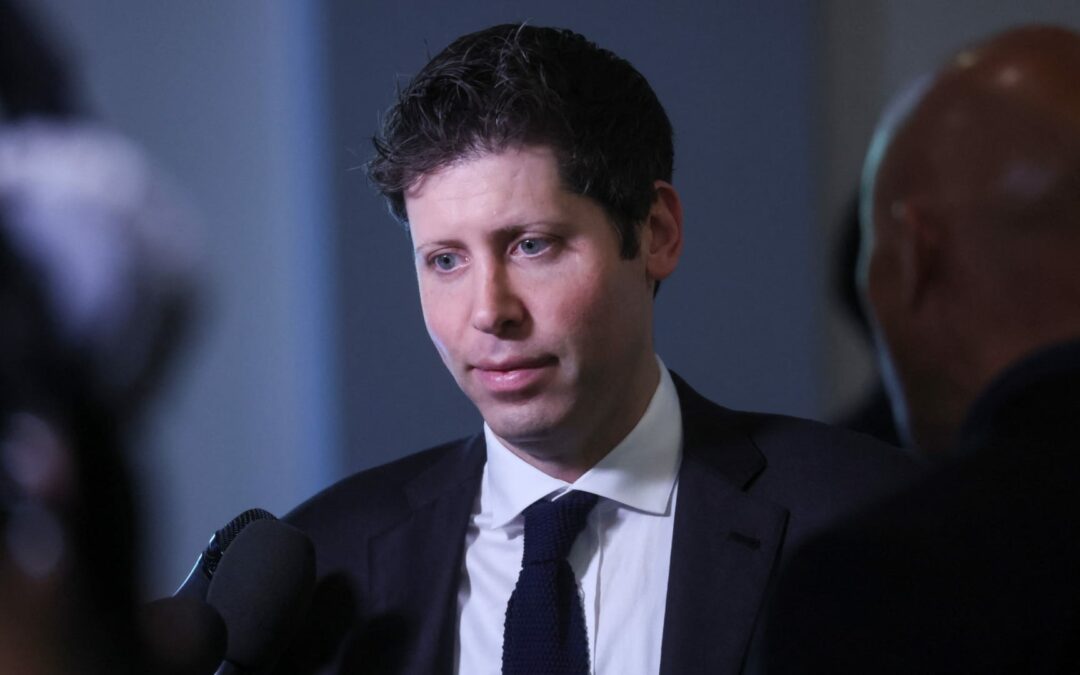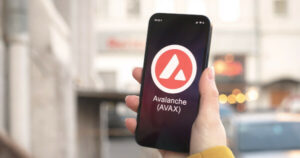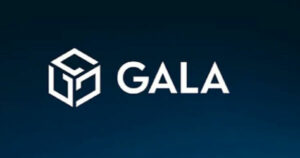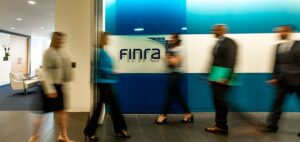Sam Altman, CEO of ChatGPT maker OpenAI, arrives for a bipartisan Artificial Intelligence (AI) Insight Forum for all U.S. senators hosted by Senate Majority Leader Chuck Schumer (D-NY) at the U.S. Capitol in Washington, U.S., September 13, 2023.
Leah Millis | Reuters
OpenAI’s unusual company structure weakened Sam Altman’s position as CEO and left him open to surprise on Friday when he was quickly ousted from the company.
It’s rare to see founders forced out of a firm they helped co-found. At Uber, for example, founder Travis Kalanick was forced out only after a series of reports on privacy issues and allegations of discrimination and sexual harassment at the ride-sharing company.
But Altman and co-founder Greg Brockman, who also left OpenAI Friday, didn’t have the power that Kalanick had.
“I have no equity in OpenAI,” Altman said in a May Senate hearing on A.I. Senator John Kennedy’s reaction offered some foreshadowing.
“You need a lawyer or an agent,” Kennedy said in a now-prescient joke.
The structure of the company helps explain how he was left in a vulnerable position that, as he said on Saturday, left him feeling “a little screwed.”
OpenAI’s capped profit structure
So let’s start at the very top of the waterfall. OpenAI’s board of directors – the ultimate decision body and the group responsible for pushing Altman out – controls OpenAI’s 501(c)(3) charity, OpenAI Inc. That charity is the nonprofit of which you may be aware. It was established to “ensure that safe artificial general intelligence is developed and benefits all of humanity.”
The company’s website says the nonprofit’s charter takes “precedence over any obligation to generate a profit.” In other words, the nonprofit is the priority, while the capped-profit Open AI Global subsidiary is not.
There’s a holding company and another LLC called OpenAI GP, which both give the board ownership or control over OpenAI Global. Again, that’s the company Microsoft invested in. It’s the one you hear about in the news when Altman talks about ChatGPT developments and whatnot. What’s important here is that OpenAI Global had no control. It was the one controlled or owned by all of the other entities in various ways.
So now you’re probably wondering — why have a for-profit company at the bottom of a corporate structure if everything’s just going to be run by a nonprofit? There’s a reason for that, too.
Limited returns
OpenAI added its capped profit OpenAI Global subsidiary in 2019. The shift was prompted by several things, including a desire to attract top employees and investors with “startup-like equity.”
Remember, if your ultimate goal is to ensure the safe use of AI, you’re going to want to bring on some really smart people. And that’s tough when every big company on the market is willing to pay them top dollar to work. So if you’re OpenAI, you need incentives.
Part of that shift to a for-profit model meant reassessing how OpenAI rewarded those employees and investors who gambled on the company. The company settled on a capped-profit approach. It limited the “multiple” that investors could make by sending cash OpenAI’s way.
At the time, the profit cap was set at 100x of a first-round backer’s investment. In plain language, if investors put in $1, even if OpenAI was making billions of dollars in profit, that investor would be limited to $100 in total direct profit. It would still be a sizeable return, but not unlimited.
But remember, the core mission of the nonprofit is to control the development of artificial general intelligence. And all investors and employees are subject to that mission above anything else, including the for-profit company.
OK, so we have a nonprofit with a business that makes profits in order to attract top talent. How does Altman fit in here and how’d he get ousted?
Sam Altman’s missing equity
Altman had a board seat and was the best-known OpenAI personality. Aside from a small investment through a YCombinator fund (Altman was formerly its president), he doesn’t have any equity in the company. And that meant he didn’t have much control if anything turned against him.
He even joked about it Friday evening: “If I start going off, the OpenAI board should go after me for the full value of my shares.”
Most founders at later-stage companies take advantage of a dual-class share structure. Two tiers of shares are created — a set of shares for venture investors and the general public, if the company makes it to an IPO, and a more powerful set of shares reserved for founders or, in some cases, major investors.
CEOs and founders use dual-class share structures to protect themselves from losing control of their company. The rights assigned to these shareholders vary, but they often include outsize voting power, guaranteed board seats, or other governance provisions that make it hard for a board to topple them even if a company goes public. Some companies, like Google, even have three classes of shares, for its founders, employees, and investors.
Altman didn’t have those protections. Brockman, the former OpenAI president, said that Altman found out he was “being fired” in a virtual meeting Friday noon. Altman’s only heads up, Brockman said on X, the social media platform formerly known as Twitter, was a text from OpenAI chief scientist Ilya Sutskever a day before.
Investors like to back visionary founders. Some, like Peter Thiel’s Founders Fund, have centered their investment theses around the idea. Not having equity in the company could have been perceived as reducing Altman’s “skin in the game,” so to speak. But it also meant that Altman, lacking those protections, was open to a boardroom coup.
At Uber, five major investors demanded Kalanick’s departure immediately, including one of the company’s largest shareholders Benchmark, after months of negative reports on workplace culture and other controversies. OpenAI, by contrast, hasn’t seen a similar storyline emerge. Altman is a divisive figure, and many critics have worried about the impact OpenAI’s ultimate goal — artificial general intelligence, or AGI — would have for humanity.
OpenAI’s small board lacks the experience that would be expected from a company of its size and importance. None of its largest backers, not even Microsoft, have board seats. Until Altman and Brockman’s departure, it was composed of three outside directors and three OpenAI executives.
Brockman wasn’t involved in Altman’s firing, meaning that every outside director and Sutskever would have had to all vote to fire Altman. With no allies on the six-person board, it was a mathematical impossibility that Altman could win.
It isn’t clear what comes next for Altman or OpenAI. Litigation is possible, given the apparently swift nature of his departure. Some of Silicon Valley’s most influential law firms have represented OpenAI or its investors in various deals, and any courthouse proceedings will likely be closely watched.







